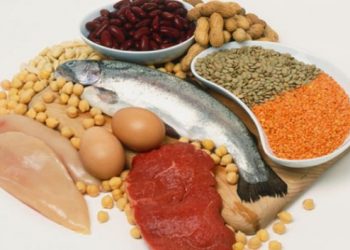Protein intake for athletes
From requirements to optimum adaptation
Opinion on the role of protein in promoting athletic performance is divided along the lines of how much aerobic-based versus resistance-based activity the athlete undertakes.
Athletes seeking to gain muscle mass and strength are likely to consume higher amounts of dietary protein than their endurance-trained counterparts.
The main belief behind the large quantities of dietary protein consumption in resistance-trained athletes is that it is needed to generate more muscle protein.
Athletes may require protein for more than just alleviation of the risk for deficiency, inherent in the dietary guidelines, but also to aid in an elevated level of functioning and possibly adaptation to the exercise stimulus.
It does appear, however, that there is a good rationale for recommending to athletes protein intakes that are higher than the RDA. Our consensus opinion is that leucine, and possibly the other branched-chain amino acids, occupy a position of prominence in stimulating muscle protein synthesis; that protein intakes in the range of 1.3–1.8 g · kg−1 · day−1 consumed as 3–4 isonitrogenous meals will maximize muscle protein synthesis.
These recommendations may also be dependent on training status: experienced athletes would require less, while more protein should be consumed during periods of high frequency/intensity training. Elevated protein consumption, as high as 1.8–2.0 g · kg−1 · day−1 depending on the caloric deficit, may be advantageous in preventing lean mass losses during periods of energy restriction to promote fat loss
Changes in body composition with nutrition and exercise
The key variable determining weight loss is the relative energy deficit created by dietary energy restriction and/or increased energy expenditure. For athletes in particular, weight loss is often a desired goal, but an important question is whether certain patterns of macronutrient consumption can bring about a better “quality” of weight loss.
In this sense, the quality of weight loss refers to loss of weight with the highest possible fat-to-lean ratio. In most situations, loss of inert mass as fat is the desired goal of athletes. However, it may be that on occasion an athlete needs to simply lose weight to make a particular weight class for example, and in this scenario it is clear that loss of lean mass would be a “sacrifice” that some athletes may be willing to make.
It is also worth noting that a certain amount of skeletal muscle could be lost without much, or any, adverse affect on performance, but this appears to depend on the rate of weight loss. Assuming, however, that fat mass reduction is what most athletes would desire during a period of weight loss with the realization that leanness can offer a competitive advantage, the question is whether there are optimal ratios of nutrients to consume to achieve this goal and also avoid nutritional deprivation.
